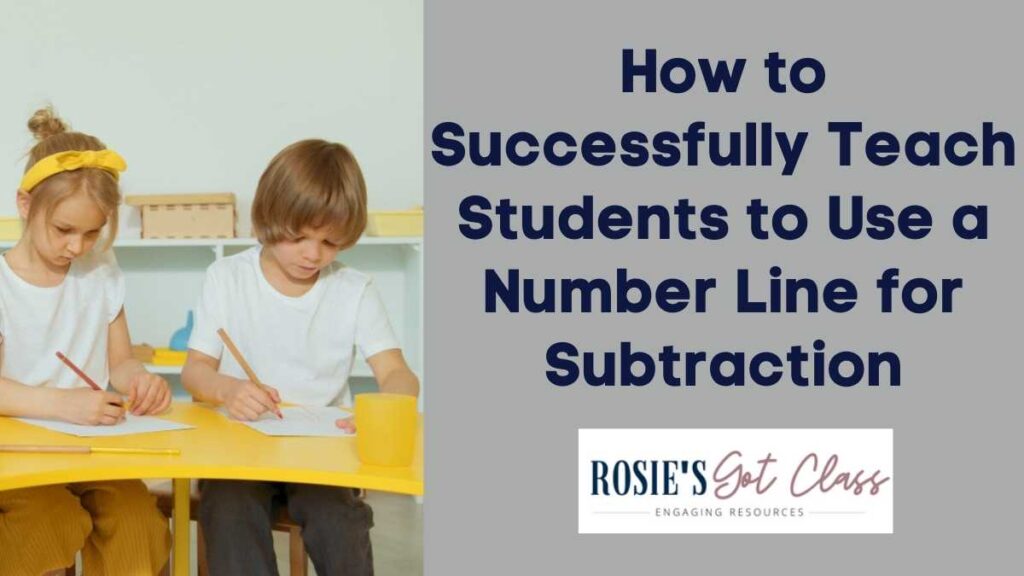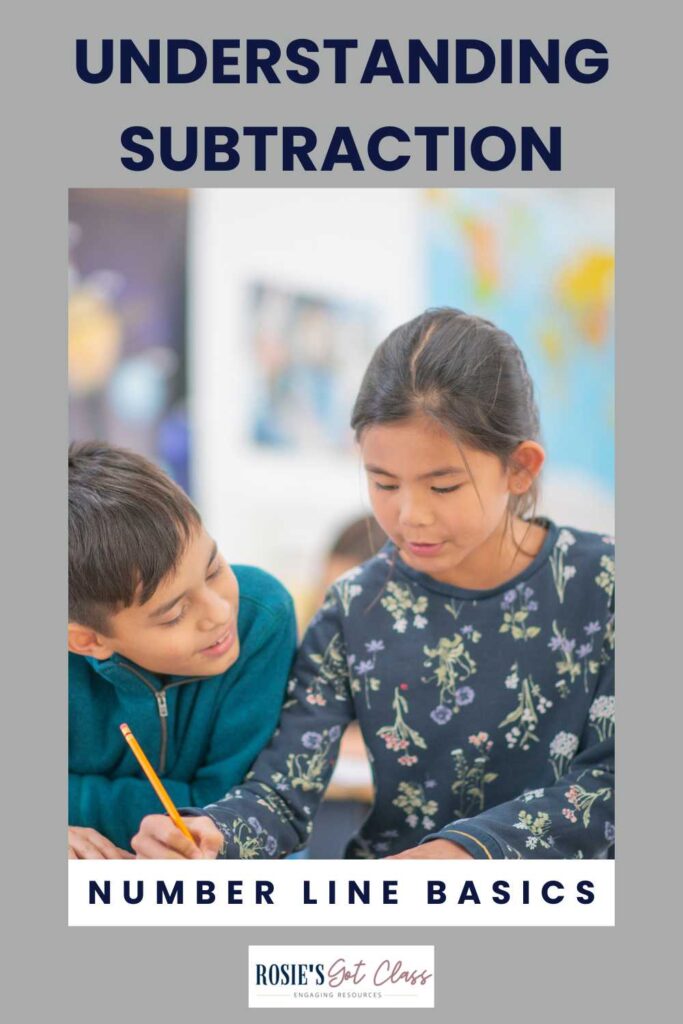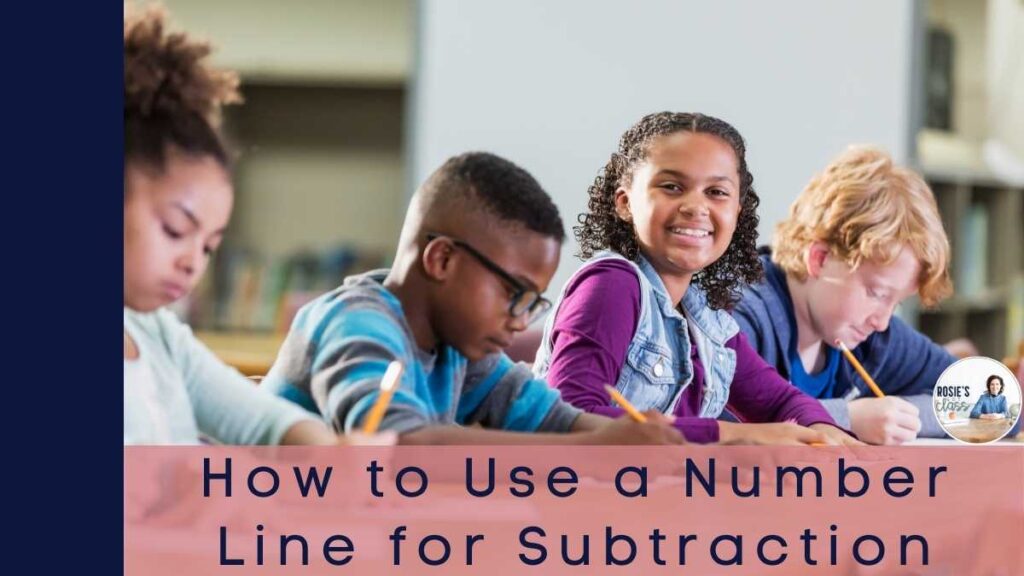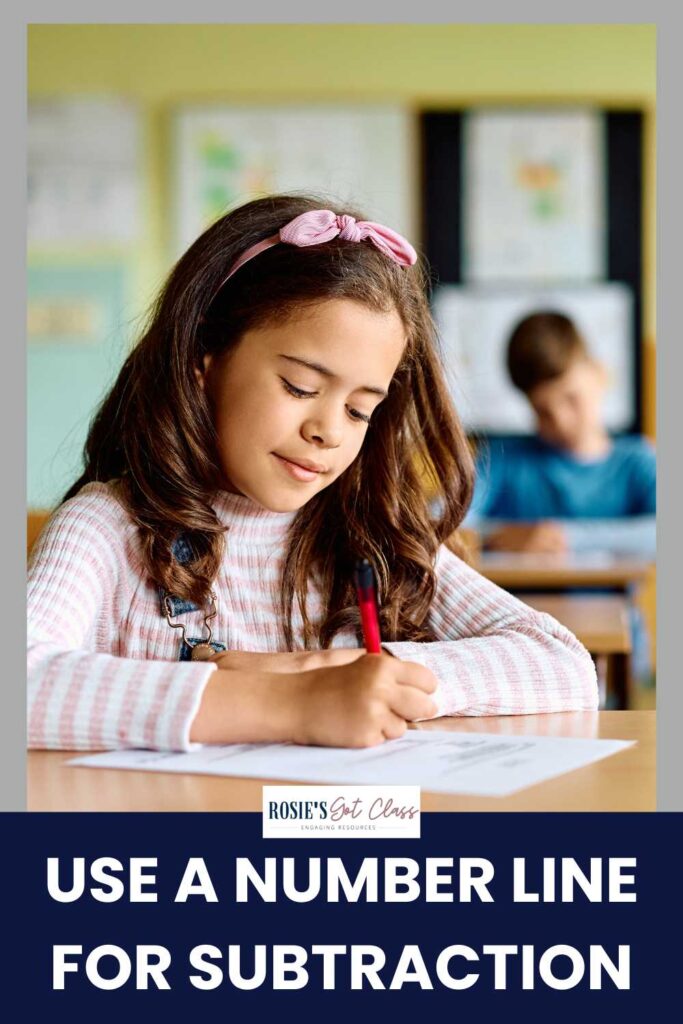
Using a number line for subtraction is a powerful strategy that helps young learners build a strong foundation in number sense and develop a deeper understanding of subtraction concepts. A number line model for subtraction offers a visual representation of the subtraction process and helps make it more concrete. I will discuss effective strategies for teaching students how to use a number line for subtraction with strategies such as counting on to subtract, counting back to subtract, and using an open number line for subtraction.
As your students are learning to subtract, they need to practice what they are learning while also retaining the addition within 20 facts they have learned. One fun way to do this is a classroom transformation. Your students will love this zoo classroom transformation so much that they will forget they are practicing their math facts. It is a win for them and a win for you because they will be focused learners. Put your name and email address in the boxes, and this zoo classroom transformation will be in your inbox. Try it today!
Understanding Subtraction and Number Line Basics
Before introducing the number line for subtraction, it’s essential for students to understand the meaning of subtraction. Subtraction is finding the difference between two numbers. I explain to my students that the larger number is called the minuend, and it is the number from which another is subtracted. The subtrahend is the smaller number being subtracted from the minuend. I don’t expect them to remember these terms, but I do want them to understand that subtraction means difference.
There are two primary ways to use a number line for subtraction.
- Counting back: Starting from the largest number and moving left on the number line and subtracting step by step.
- Counting on: Starting from the smallest number and moving right on the number line to count up until you reach the biggest number to find the difference.
Both strategies are useful, and students should practice both to determine which method works best in different scenarios.

Use Models and Manipulatives for Subtraction
A hands-on approach is an excellent way to introduce subtraction concepts. Use physical manipulatives such as counters, cubes, or buttons to model subtraction problems.
Steps to use manipulatives
- Start with a set of objects.
- Remove a set of objects.
- Count the remaining objects to find the difference.
As you model subtraction with manipulatives, verbalize your thinking process. For example: “I have 10 counters. If I take away 3 counters, how many are left?”
Manipulatives help build a concrete understanding of subtraction before transitioning to a number line model for subtraction.

Using a Number Line for Subtraction
Once students are comfortable with manipulatives then you can introduce the number line subtraction to 20 strategy. I like to use a physical number line displayed on a whiteboard before I give students a personal number line for individual use. One of the most important things you can demonstrate is counting the jumps so students don’t count the number that they begin counting on. For example, if students are subtracting 8-3, they need to count the jumps to 7, 6, and 5. They made 3 jumps so the difference between 8 and 3 is 5. This is critical to their understanding because if they count 8, 7, 6, they are not counting correctly and developing the concept of the difference between 8 and 3.
Counting Back to Subtract
- Start at the larger number.
- Move left on the number line by counting back the number of steps equal to the number being subtracted.
- The number you land on is the difference.
Example: To solve 9 – 3, start at 9 on the number line. Move back three steps: 8, 7, 6. The difference is 6.
Counting On to Subtract
- Start at the smaller number.
- Move right on the number line by counting up until you reach the bigger number.
- Count the number of steps taken to reach the biggest number.
Example: To solve 9 – 7, start at 7 on the number line. Move right two steps: 8, 9. The difference is 2.
Choosing the Best Method
- When the numbers are far apart such as 9 – 3, counting back is often more efficient.
- When the numbers are close together such as 9 – 7, counting on is more effective.
Encourage students to explore both methods and discuss their thinking. Ask guiding questions such as “Which method do you think is easier for this problem?” or “Why do you prefer counting back/counting on here?”
Using an Open Number Line for Subtraction
An open number line for subtraction offers more flexibility and encourages students to use mental math strategies. Unlike a standard number line, an open number line doesn’t have preset numbers and can be adjusted based on the problem.

Steps to Use an Open Number Line
- Draw a blank line.
- Write the largest number on the right end of the line.
- Count back or count on using jumps to represent subtraction.
For example, to solve 14-8 using the count back method, follow these steps.
- Place 14 on the right end.
- Count back 8.
- Find the difference by counting the steps.
If you want to solve 14-8, using the counting on method, follow these steps.
- Place 8 on the left end.
- Count up from 8 to 14.
- Find the difference by counting the steps.
Independent Practice for using Number Lines for Subtraction
After plenty of guided practice, students should begin using the number line for subtraction independently. Provide a variety of subtraction problems and allow students to choose whether to count back or count on.
Practice Ideas:
- Use task cards with subtraction problems.
- Play interactive games where students move along a large floor number line.
Encourage students to:
- Explain their reasoning for choosing a particular strategy.
- Check their answers using both counting on and counting back methods.
Final Tips for Teaching Students to Use the Number Line for Subtraction
- Model your thinking: Regularly verbalize your thought process when solving subtraction problems using a number line.
- Provide varied practice: Use both printed number lines and open number lines.
- Incorporate real-world contexts: Use subtraction problems that students can relate to which makes it more engaging and fun. Students can relate to a problem about having 9 pieces of candy and then eating 2 pieces. They can understand that they have 7 pieces of candy left.
- Differentiate instruction: Offer support for students who need extra practice and challenge those ready for more complex problems.

By teaching students how to use a number line for subtraction with counting on and counting back strategies, you help them build confidence and fluency in their subtraction skills. Consistent practice and exploration of different strategies will empower students to select the most effective methods for solving subtraction problems independently.
Here are some other articles you might find helpful.
How To Teach the Counting Back Strategy So Students Understand
Help Students Master Math Facts with the Counting On Strategy


